PART 3 - ENERGY SYSTEMS: HOW DO WE TRAIN ATHLETE PHYSIOLOGICAL LIMITATIONS?
In the previous sections, we have discussed the interplay between oxygen delivery and utilisation and also looked at how we identify these physiological limitations using the “RECOVERY INTENSITY PROFILE” (RIP) TEST.
Now we’re going to talk about how we can train these limitations.
In the above INSTAGRAM POST, it shows how manipulating the duration/intensity can influence different physiological outcomes in a conditioning session. Central and Peripheral Adaptations don’t occur in isolation but the extent to which these adaptations are influenced by these variables.
Shorter intervals at HIGHER intensities will target more adaptations associated with UTILISATION of oxygen like:
· Increased mitochondrial density.
· Increased capillary numbers.
· Improved muscular fatigue resistance.
Longer Intervals at LOWER intensities will target more adaptations associated with the DELIVERY of oxygen like:
· Increased stroke volume.
· Increased left ventricular hypertrophy.
· Increased strength of inspiratory and expiratory muscles.
Intensity in this context refers to variables like speed or resistance, watts, HR etc. Duration refers to both work and rest times as well as total duration of the session.
We can also influence the type of adaptation based on the intensity within a set as well. This causes a rapid increase in respiration forcing the athlete to work at a higher mean VO2. As the session progresses, the athlete reduces the intensity of each interval. This means that even at those lower intensities, the athlete needs to inspire/expire at a harder rate than what is normally required.
I hope those reading along, can sort of see where this is going. By firstly understanding, where an athlete is physiologically limited and by understanding which tool can promote certain physiological adaptations, we can essentially provide a “TARGETED” conditioning program that addresses the limitations.
DELIVERY LIMITED ATHLETE:
For the delivery limited athlete, typically we’re going to work on interventions that are designed to target “over-delivery” or that “match” oxygen demand. An example of this would be performing steady state or long interval work which as stated above, can help with improving some of those cardiovascular adaptations which can help to improve an athlete’s ability to be able to delivery oxygen more efficiently and effectively around the body.
UTILISATION LIMITED ATHLETE:
For the utilisation limited athlete, we’re going to work on interventions that are designed to target high rates of oxygen utilisation. As mentioned in PART 1 of the blog, we know that oxygen utilisation and intensity are directly correlated with one another. Therefore, this is where we would use interventions like sprint intervals or short interval work that can help an athlete improve their muscular ability to be able to use the oxygen that is being delivered.
RESPIRATORY LIMITED ATHLETE:
For the respiratory limited athlete, we’re going to be working on interventions that target an increased demand on ventilation. The athlete may be limited by respiration perhaps due to insufficient strength of inspiratory/expiratory muscles or inefficient breathing techniques. This is where we would use an intervention like a hart start long interval where we force the athlete to breathe harder and to also overcome some cardiac lag. This is where we may also use some cadence breathing work at the end of each session.
SUMMARY
This completes our 3 part blog series on Energy Systems. Hopefully you have gained some insight on to using NIRS devices to identify physiological limitations and how to apply it to conditioning training.
